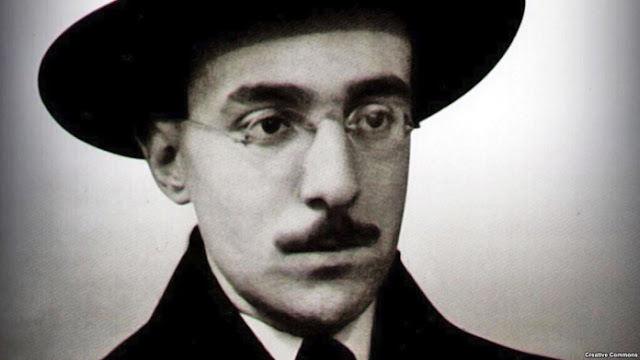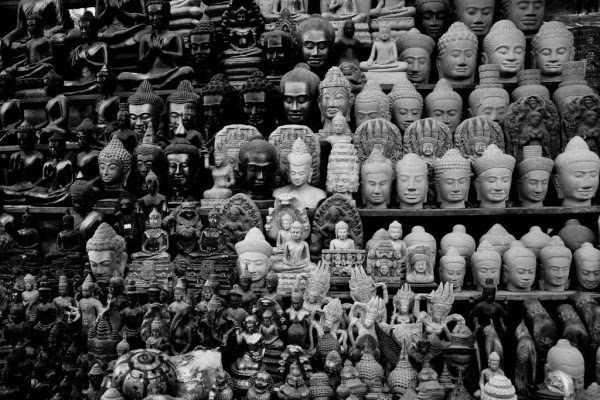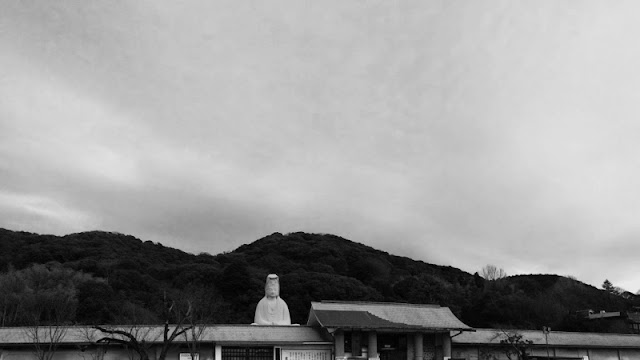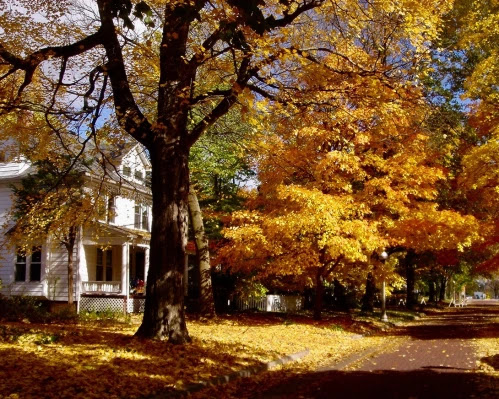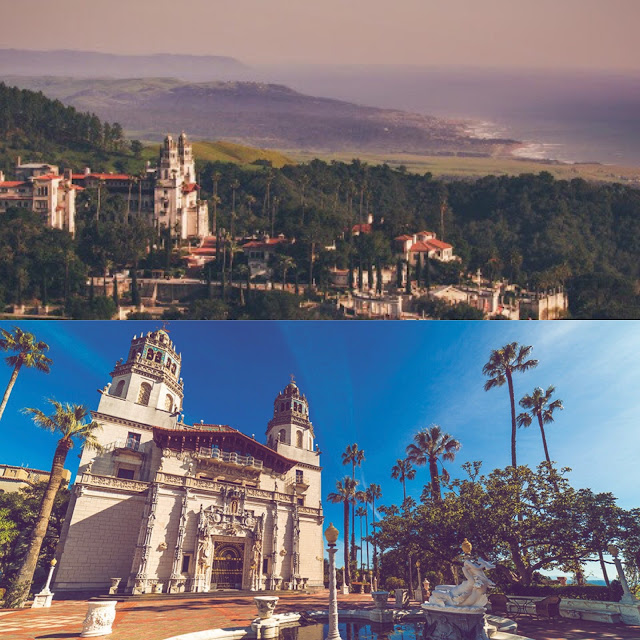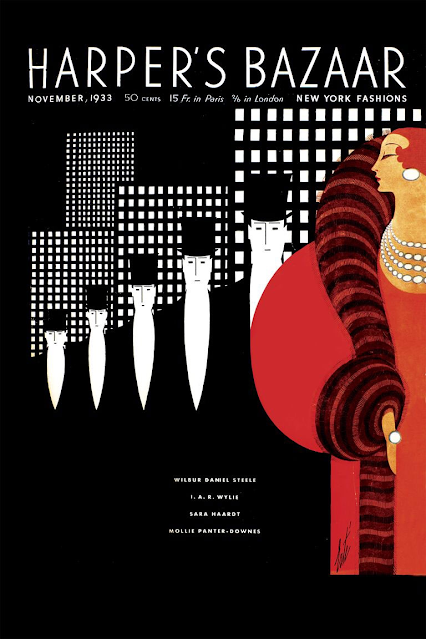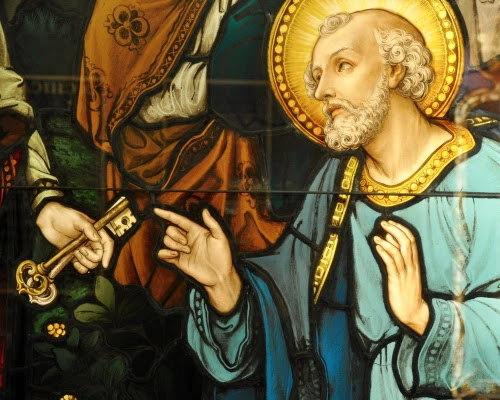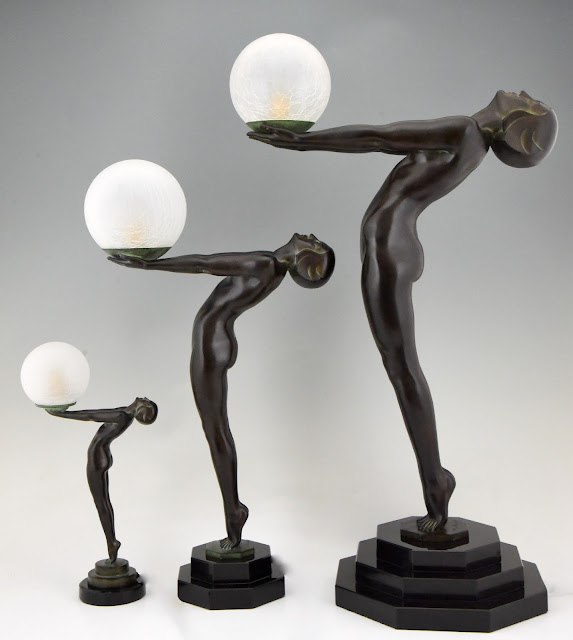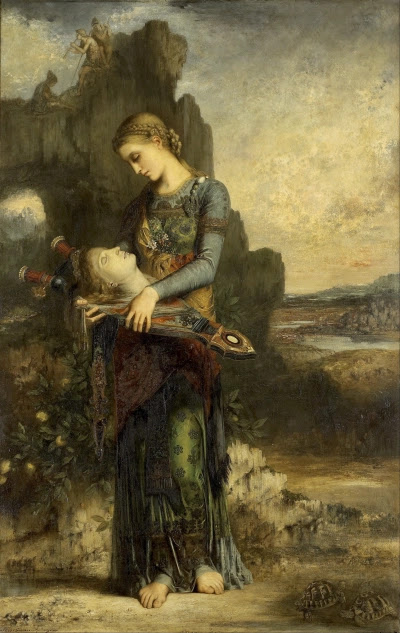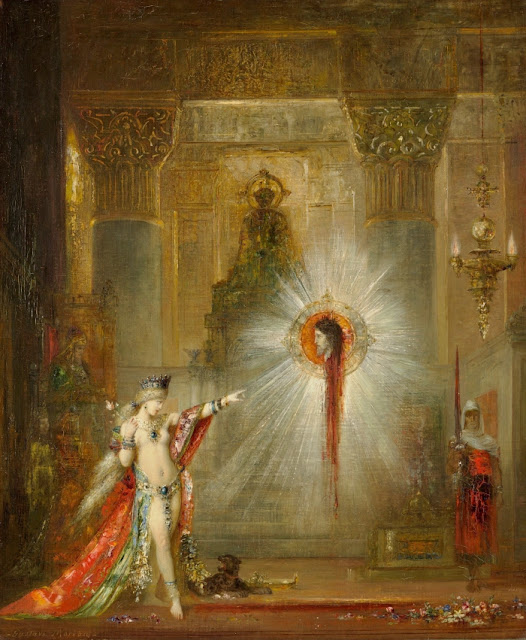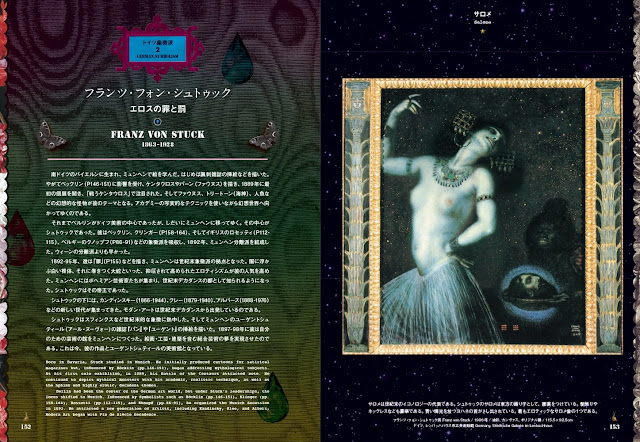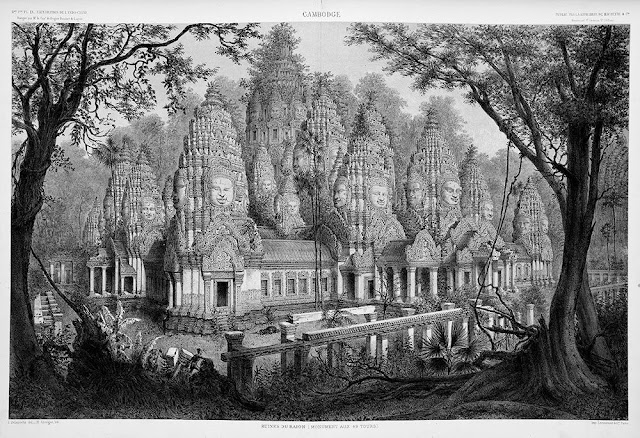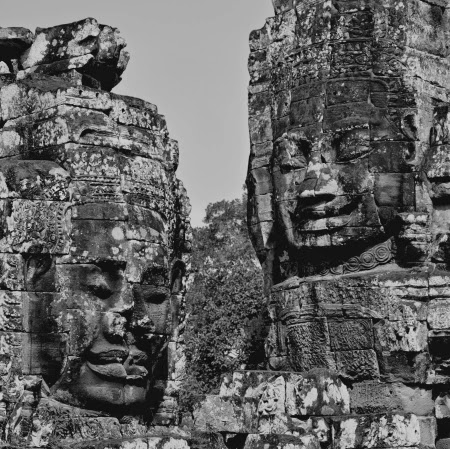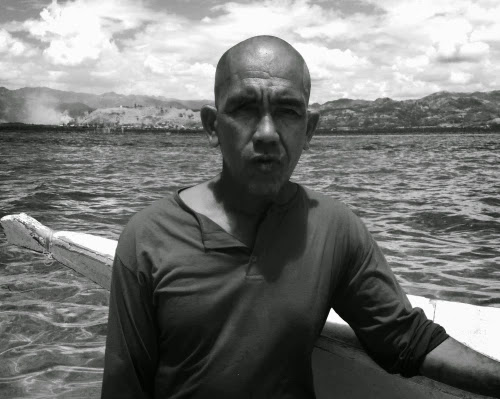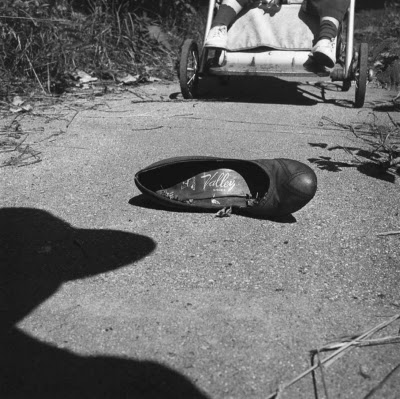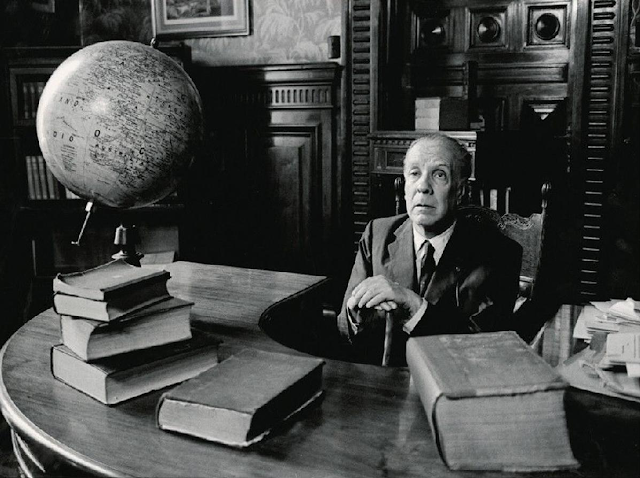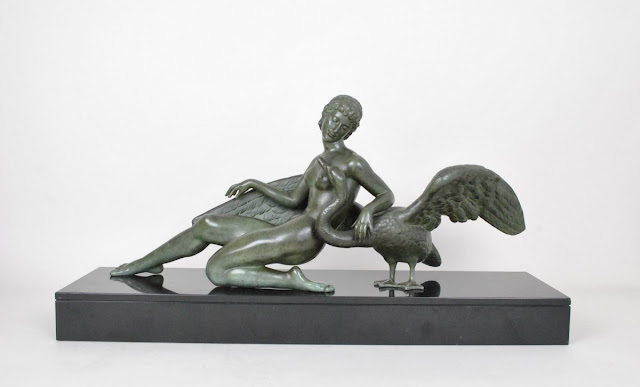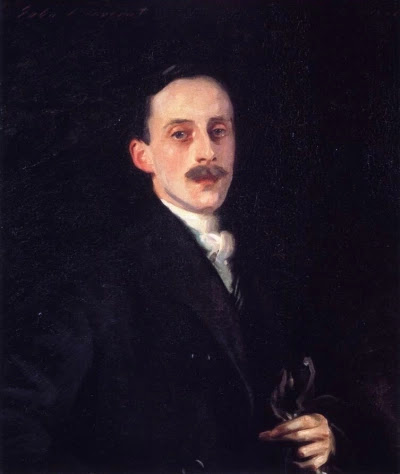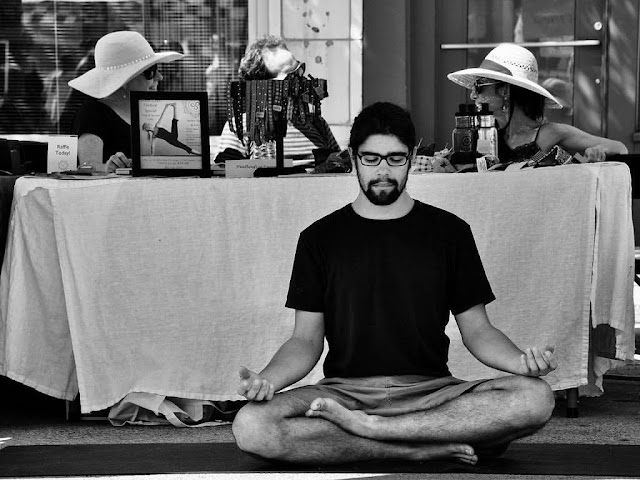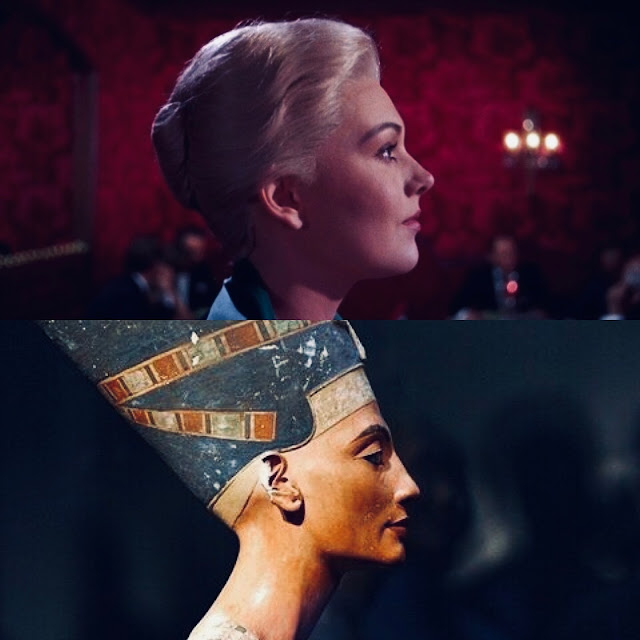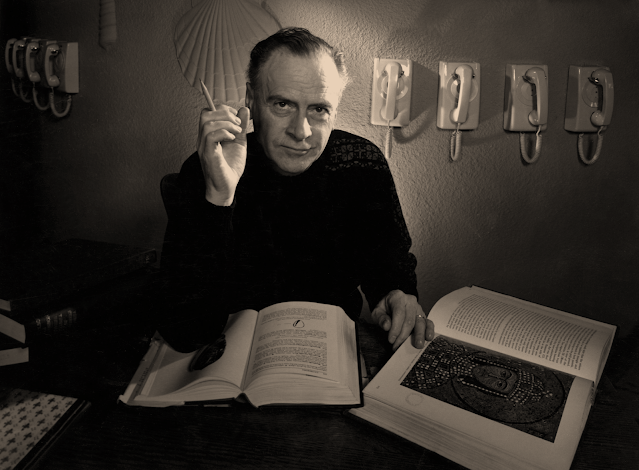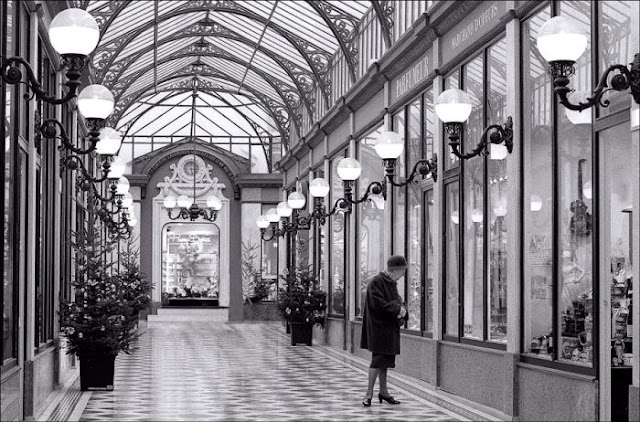Angkor Wat (2012) Buddha in der Glorie Mitte aller Mitten, Kern der Kerne, Mandel, die sich einschließt und versüßt,— dieses Alles bis an alle Sterne ist dein Fruchtfleisch: Sei gegrüßt. Sieh, du fühlst, wie nichts mehr an dir hängt; im Unendlichen ist deine Schale, und dort steht der starke Saft und drängt. Und von außen hilft ihm ein Gestrahle, denn ganz oben werden deine Sonnen voll und glühend umgedreht. Doch in dir ist schon begonnen, was die Sonnen übersteht. — Rainer Maria Rilke (Paris, 1908) Santa Barbara, CA (2015) Translation: Center of all centers, core of cores, almond, self-enclosed and sweetening,— this Universe up to all the stars is your fruit’s pulp: Greetings. See, you feel no more tethers upon you; your rind is cast to the Infinite, and there the stout sap is pressed. And from without, he enters Enlightenment, above whom your many suns illuminate, as they revolve glowing at their zenith. But something in you is yet conceived: what will outlast even all the suns. (Gr
